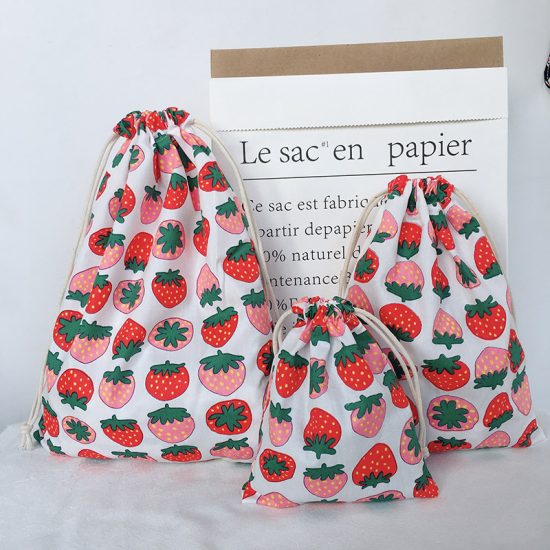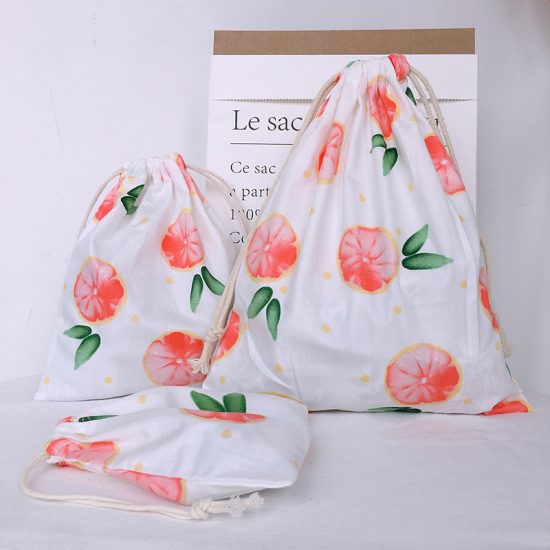Jute sacks, known for their eco-friendly attributes, have proven to be incredibly versatile in various industries. Among these, agriculture stands out as a prime sector where jute sacks have made a significant impact, offering a wide array of benefits that extend beyond the fields. Let’s embark on a journey to uncover the manifold advantages and adaptability of jute sacks in agriculture and other domains.
1. The Agriculture Connection: Jute sacks and agriculture have a longstanding relationship. These robust sacks have been a staple in the farming landscape, aiding in the storage, transportation, and protection of crops. The natural fibers of jute offer breathability, ensuring that stored grains are well-ventilated, preventing mold growth, and maintaining product quality.
2. Sustainable Crop Storage: One of the primary advantages of jute sacks in agriculture is their ability to facilitate sustainable crop storage. Jute’s porous nature allows air circulation, reducing the chances of moisture buildup and pest infestations. This proves invaluable in safeguarding food supplies and minimizing post-harvest losses.
3. Environmentally Conscious Packaging: Jute sacks provide an eco-friendly alternative to traditional plastic bags used for packaging agricultural products. Unlike plastic, jute is biodegradable, minimizing the environmental impact of agricultural waste. The shift towards jute sacks in packaging aligns with global efforts to reduce plastic pollution and adopt sustainable practices.
4. Promoting Soil Health: Beyond their role in storing crops, jute sacks contribute to soil health. When old jute sacks are decomposed, they enrich the soil with organic matter, enhancing its structure and fertility. This closed-loop approach completes the cycle of sustainability, benefiting both agriculture and the environment.
5. Erosion Control and Bioengineering: Jute’s strength and ability to withstand adverse conditions make it a valuable tool in erosion control and bioengineering projects. Jute sacks can be used as natural erosion barriers on slopes and riverbanks, preventing soil erosion and promoting vegetation growth. These applications aid in sustainable land management and habitat restoration.
6. Craftsmanship and Design: Jute sacks are not limited to utilitarian applications; they also find their way into the realm of craftsmanship and design. Creative minds repurpose jute sacks to make bags, accessories, and even furniture. This artistic reuse not only extends the lifespan of the material but also adds a unique touch of eco-conscious aesthetics.
7. Empowering Local Communities: The use of jute sacks often supports local communities where jute cultivation and manufacturing are prevalent. By incorporating jute into various sectors, including agriculture, we contribute to the economic well-being of these regions and encourage sustainable livelihoods.
8. Beyond Agriculture: The versatility of jute sacks extends beyond agriculture into industries such as construction, fashion, and home decor. From erosion control to fashion runways, jute’s adaptability knows no bounds. Its integration into these diverse sectors demonstrates its potential to drive sustainable innovation.
In conclusion, the multifaceted benefits and versatility of jute sacks are remarkable. From their essential role in agriculture by ensuring crop storage and supporting soil health to their applications in diverse fields, jute sacks exemplify sustainable practices and conscious consumption. As we continue to seek alternatives to single-use plastics and adopt eco-friendly choices, jute sacks stand as a testament to the potential for positive change through thoughtful materials and responsible usage.


